
Coming Right At You
3D Display technology looms large as the ‘next big thing’.
Text:/ Rod Sommerich
There’s nothing new about three dimensional displays. The first stereoscopic viewing system came not long after the invention of photography, and public stereoscopic viewers have been popular attractions since the middle of the nineteenth century. The first patent for a 3D film process was filed by British film pioneer William Friese-Greene in the 1890s, with commercial cinema dabbling in 3D as a gimmick since the 1950s. Today, as the technologies for creating and displaying 3D images have become more affordable, the commercial imperative to make games and movies more immersive has once again brought stereoscopic imaging systems to the fore.
There are two main display technologies used for moving images, Active and Passive Stereo. Active stereo denotes that the display system has an active component, presenting alternate left and right eye images. Most passive stereo systems work on the principle that both images are presented simultaneously, but filters present only the intended image to each eye. Active Stereo requires a set of glasses with electronic shutters (usually LCD panels changing from transparent to black). These shutters synchronise to the content via a pulse of IR or visible light (such as DLP-link). Active stereo, while more complex, is often superior to passive stereo, however passive technologies are increasingly improving in both quality and convenience.
PASSIVE
Passive stereo systems use filters to route images, or image differentials, to each eye. Among the currently available passive technologies are Anaglyph, Polarisation, and Spectral Notch Filtering. The most recognised version of these is the anaglyph system where a red and a cyan filter each cover an eye and allow the viewer to see the differences between two images presented on a single screen. A recent alternative to the red/cyan anaglyph is ColorCode, a patented anaglyph system which uses yellow and dark blue to create the colour separation for the viewer. These colours are easier to reproduce on a CRT or plasma screen than the red and cyan used by anaglyph.
The most common 3D system seen today is polarisation which has become the standard for theatrical presentations. In this system the left and right images are polarised in different directions with polarising filter glasses selecting the appropriate image. Polarisation offers better colour accuracy than anaglyph, as the glasses have a neutral density to the eye and image separation is also better, although there are a couple of issues which effect the presentation of polarised stereo.
When projecting polarised stereo images the light reflected from the screen needs to be kept as parallel as possible, because scattering reduces the differential polarisation. The most common solution is to use a beaded silver projection screen, which unfortunately also limits the range of effective viewing angles. A further problem with horizontal/vertical polarisation systems is that when the viewer tilts their head, the polarised image is no longer correctly aligned with filters in the glasses. However, the more recent adoption of circularly polarised filters eliminates this issue. Both silver screens and circular polarisation add to the cost of a 3D system.
(image above) Red/cyan anaglyph image of the Apollo 17 lunar rover. To view in 3D, grab a Lee swatch book and hold a piece of Lee 106 over your left eye and a piece of Lee 115 over your right eye. The image now looks 3D and you look pretty stupid.
Image courtesy of NASA/JPL
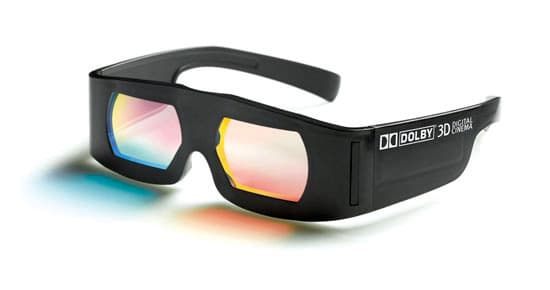

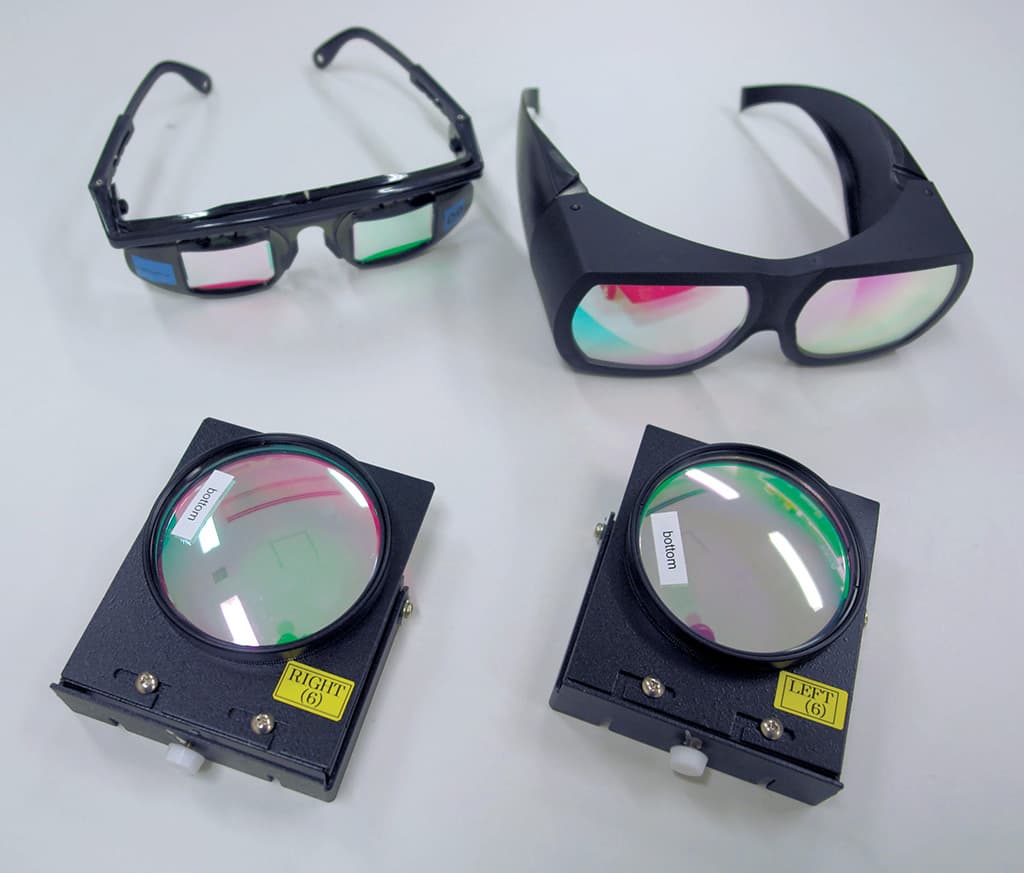

LATEST & GREATEST
Another passive system, known as Interference Filter Technology or Chromatic Notch Filtering, is also available and being used in digital cinema applications around the world. Similar to the anaglyph, this system uses specific wavelengths of light for each eye, however the glasses appear almost clear when viewed in white light, with a slight tint of colour. This technology provides colour accuracy for most people, as the colours are in specific wavelengths rather than the broad spectrum areas used in anaglyph. Chroma Notch Filter technology does not require a silver screen and the angle of the viewers head does not impact on the stereo effect, but the cost is much higher as the filters for the glasses are expensive to manufacture. Several companies have adopted this technology for commercial use, including Infitec and Dolby.
Some manufacturers are currently offering LCD and plasma screens capable of displaying 3D content – virtually all of them being active systems. While, until recently, passive solutions had not been commercially viable, there are now several major 3D system manufacturers working on passive solutions. Polarised and Chromatic Notch Filtering are not yet commercially available due to technical and cost limitations. Among other 3D technologies available for plasma and LCD is the lenticular filter which does not require the viewer to wear glasses. In this system a screen overlay matches vertical segments of the image to vertical lenticular lenses to direct images to the left and right eyes. This system requires precise viewing angles and if the viewer moves even slightly the 3D effect is lost and the image becomes un-viewable. The singular benefit of lenticular systems is that there are no glasses required for the 3D effect to be seen. Unfortunately some viewers complain about headaches and other problems when viewing images for more than a few minutes.
PROJECTION TECHNIQUES
There are a number of projection techniques employed for both active and passive presentations. The most common system used for digital cinema employs a single projector capable of displaying 120 frames per second, located behind a synchronised wheel with 50/50 segmentation for the two filters used. These filter wheels can be either polarised or Chromatic Notch Filtered. The alternative approach is to use two separate, synchronised projectors, running at standard frame rates, each filtered and showing one of the stereo images.
Active stereo is becoming the preferred option for home, education and corporate applications as the costs begin to drop in a larger market and where content becomes more available. Texas Instruments’ DLP division has recently developed an active pulse system called ‘DLP Link’. This technology eliminates the need for a separate emitter to synchronise the active glasses by using the white segment in a DLP projector’s colour wheel to display a short, subliminal burst of white light between the frames for synchronisation.
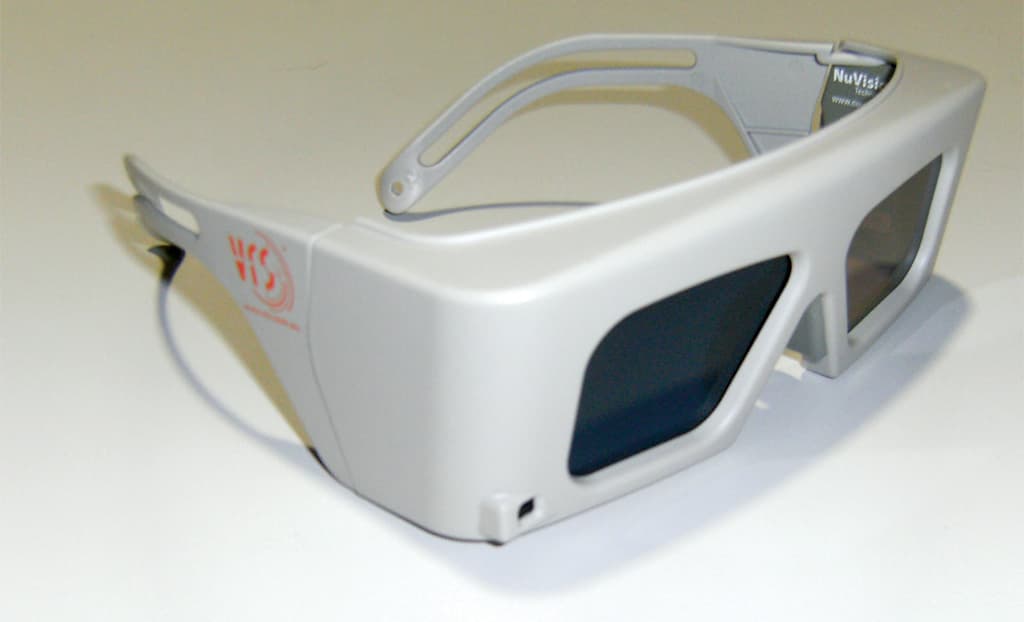
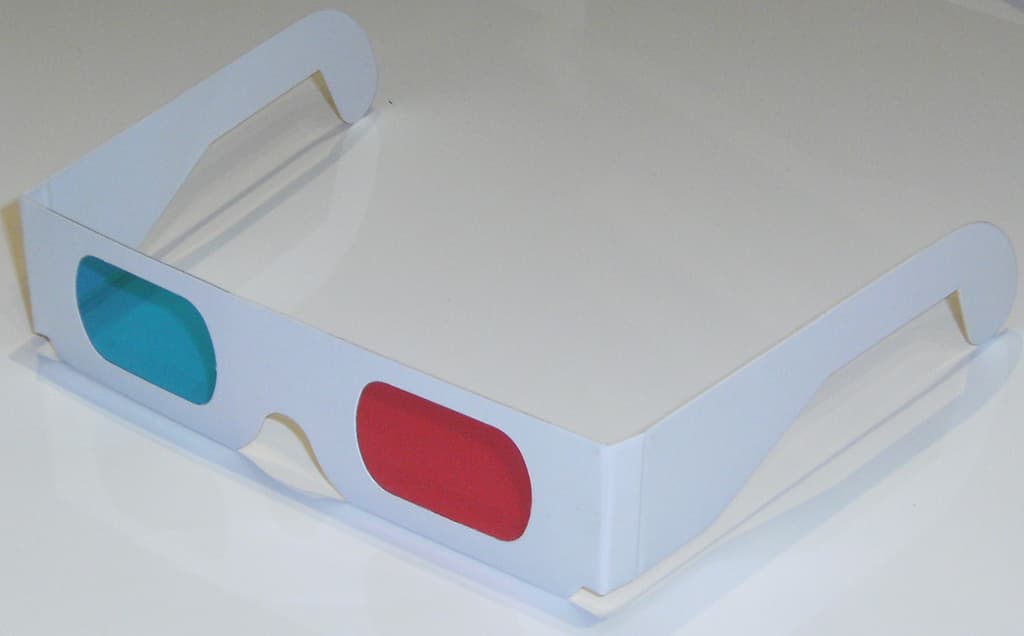
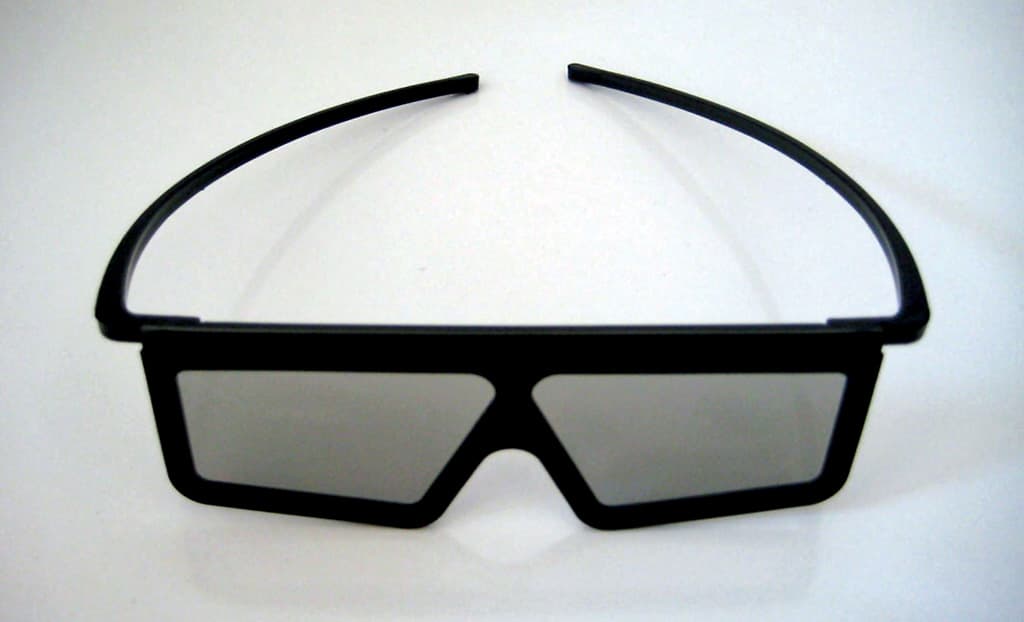
VIZ & SIM
Areas where 3D technology have seen significant growth are in visualisation and simulation. The technology is being employed in industrial and defence applications to provide training and allow control of equipment remotely. Industrial applications such as visualisation and design allow users to look at objects, locations and environments which may be hazardous or inaccessible. The Australian oil industry has been using 3D visualisations to teach drilling personnel how to manipulate and manage drill operations. These systems have become very reliable and comfortable, allowing would-be drillers to view content for many hours without square eyes. 3D has had to become unobtrusive in its use, which in turn has made it more accessible for the mass market.
THE FUTURE IN DEPTH
Digital cinema offers exhibitors [film studios?] the ability distribute product quickly and to maintain consistent image quality, but it has also enabled the screening of more 3D product, with the major studios producing animated and live action features. In addition, live events will start to be offered over the next 12 months in 3D. This year we will see the World Cup soccer presented in a number of cities around the world both live and in 3D. The matches scheduled will be shown in Berlin, London, Mexico City, Paris, Rio de Janeiro, Rome and Sydney in June and July 2010 [I’ll be hanging out for the 3D Moomba Parade – Ed.].
The future of 3D in cinema and corporate applications is assured, with industrial and educational applications becoming cost effective and engaging. Home users may adopt the technology subject to cost and convenience of operation, but most importantly there must be suitable content available. One part of the equation is if the studios support the technology and release 3D versions of their features on DVD and the recently announced ‘Blu-ray 3D’ format for 3D replay at 1080p. Perhaps the biggest factor for the average home user will be if broadcasters make content available via cable and free-to-air. Major sporting events such as the Olympics, football grand finals, tennis, and the soccer World Cup, will get 3D in your face and your home.
However, like it or not, the biggest factor in the adoption of any video technology over the last 30 years has been the adult entertainment industry, which has defined the de facto standards such as VHS, DVD and Blu-ray. If this vast market segment adopts and produces engaging 3D content, then it is certain to achieve deep market penetration.







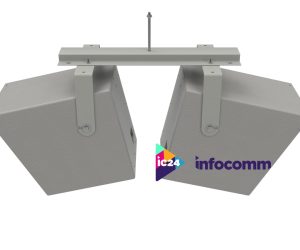


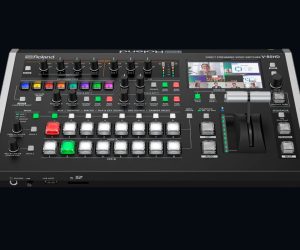



RESPONSES